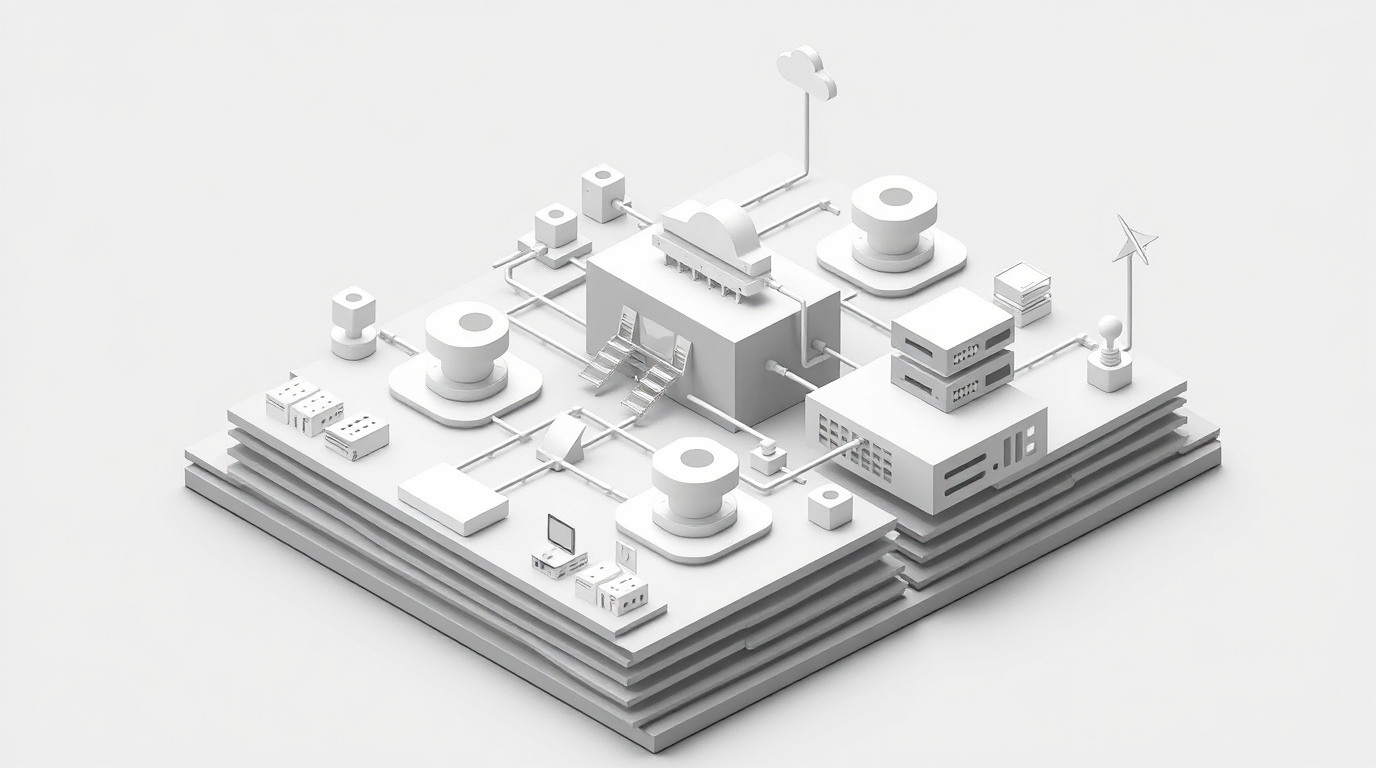Ever wondered how platforms like Netflix, Amazon, or Instagram handle millions of users effortlessly, delivering content at lightning speed and scaling with demand? The secret lies in one critical discipline: System Design.
In this article, we’ll break down what system design is, why it’s essential for any serious engineer or tech leader, and what you can expect to learn from this series.
What is System Design?
At its core, System Design is the process of defining the architecture, components, modules, interfaces, and data flow for a software system. It focuses on how different parts of the system interact to fulfill specific requirements like scalability, reliability, and maintainability.
System Design vs. Software Design:
- Software Design deals with individual components and code structure (e.g., class design, algorithms).
- System Design deals with the bigger picture — how to connect services, databases, caches, load balancers, and more to build a full-fledged, scalable solution.
Why System Design Matters
1. Scalability
Your product may start small, but can it handle 10x or 100x growth without breaking down? A well-designed system allows smooth scaling.
2. Reliability
Downtime costs money and trust. System design ensures redundancy, fault tolerance, and recovery strategies.
3. Maintainability
Clean separation of concerns and clear data flows make it easier to debug, extend, and improve systems over time.
4. Cost-Efficiency
A properly designed system balances performance with infrastructure costs, avoiding over-provisioning or bottlenecks.
Core Principles of System Design
- Trade-offs: Every decision (e.g., consistency vs. availability) has pros and cons.
- Simplicity First: Over-engineering is a common pitfall; simpler systems are easier to maintain.
- Bottleneck Awareness: Knowing where failures and slowdowns can occur allows you to design preventions.
- Evolution: Systems must evolve with growing user demands, new technologies, and business goals.
What You’ll Learn in This Series
This is the first article in a comprehensive series aimed at giving you both fundamental knowledge and practical approaches.
Here’s a glimpse of what’s coming:
- The Fundamental Building Blocks of Scalable Systems
Load balancers, databases, caches, queues, CDNs, and more. - The System Design Interview Framework
How to tackle any system design problem step by step. - Key System Design Concepts You Must Know
CAP theorem, consistency models, replication, sharding. - Deep Dive: Designing a URL Shortener
Real-world example, broken down end-to-end. - Scaling Real-World Systems: Case Studies & Lessons
Conclusion
System design is the bridge between an idea and a production-ready, scalable product. Whether you’re preparing for interviews, building your own systems, or simply want to sharpen your engineering mindset, this series will guide you through the essentials and beyond.
Have questions or specific topics you’d like covered? Drop them in the comments below!

Leave a Reply